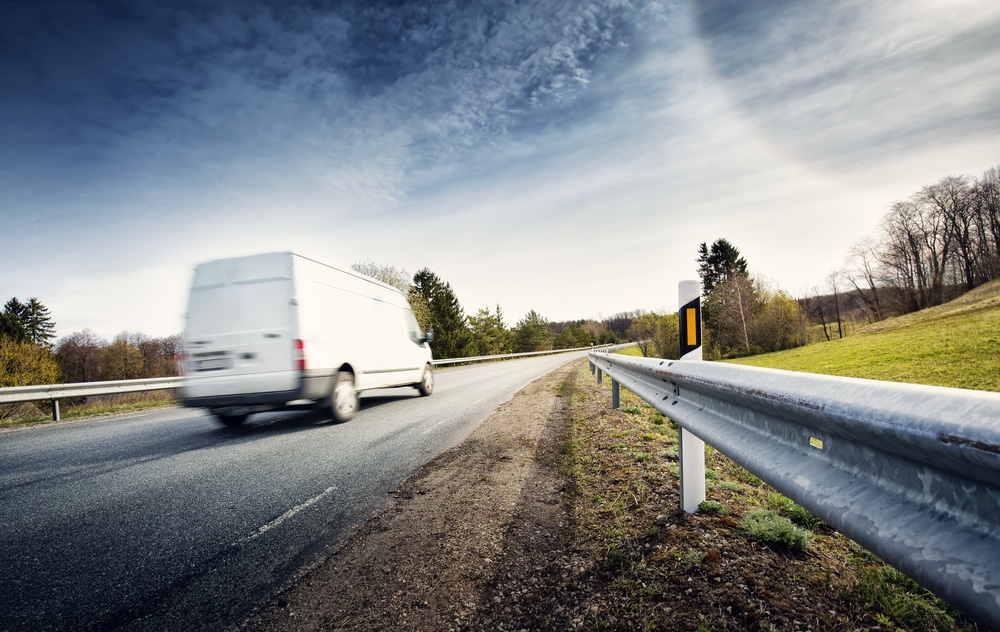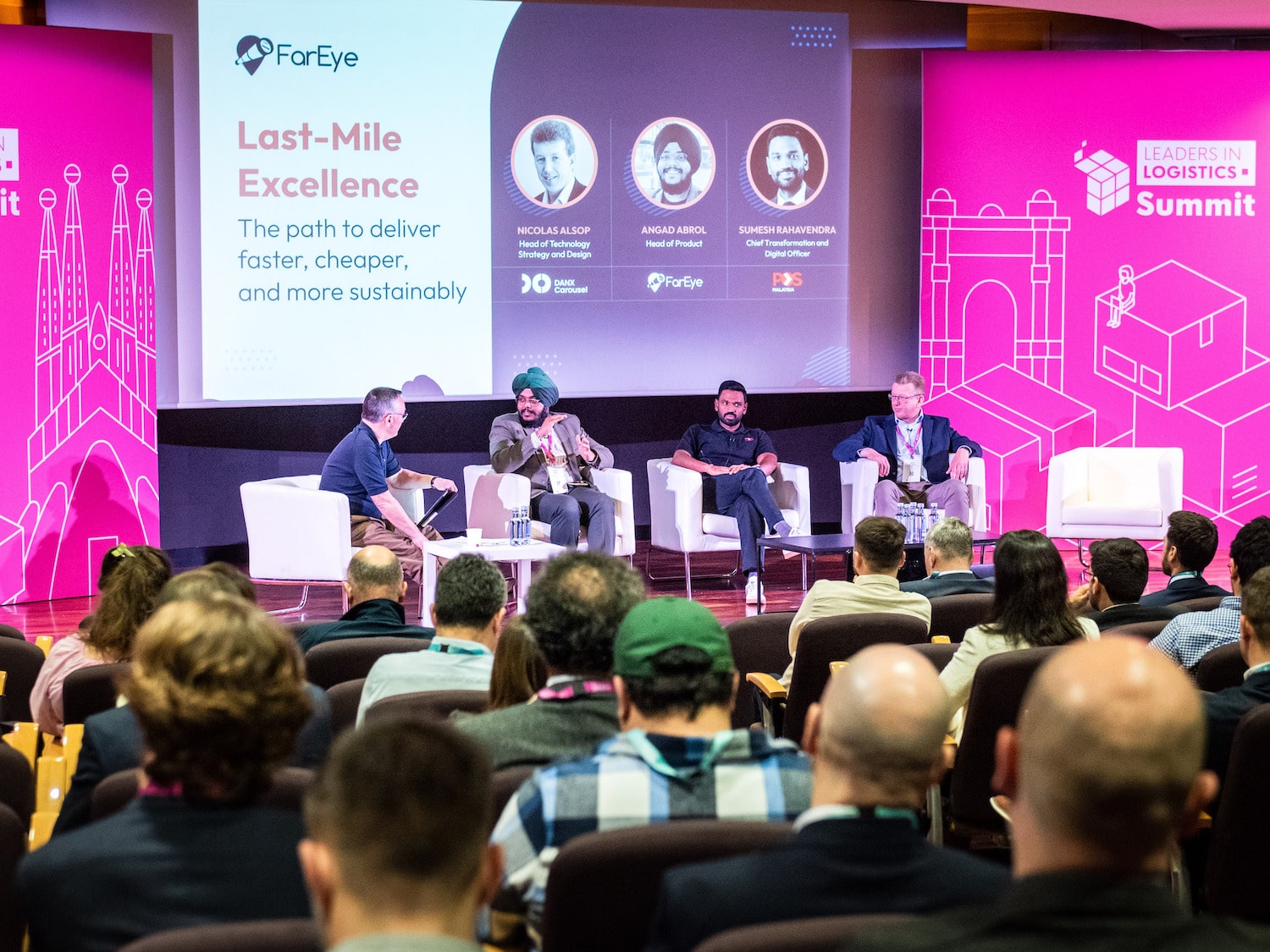Insight / Blog
Click & Collect and the Speed Wars in Retail

23% of consumers say they’ve abandoned their cart because the item was going to arrive too late for their needs. 26% of shoppers have done the same because the delivery was simply going to take too long for their liking.
These facts illustrate that the speed of delivery is crucial to conversion at the checkout (not the most important, but still frequently a deciding factor). Retailers know this, but many can’t afford to offer faster delivery speeds without passing on the cost, which is its own issue for shoppers.
However, if they can put their store inventory to good use and allow customers to collect their purchases in stores rather than at home, they could be offering same-day speed to shoppers who need or just want to get their items ASAP.
From One-day Delivery to One Hour Collection
Instant click & collect is a powerful way to allow quick fulfilment where the retailer retains complete control of the customer experience. By contrast, reliance on last-mile delivery journeys is both expensive and puts the brand at risk. How many horror stories have you heard of packages in the rain or chucked over fences?
When customers can collect their purchases from stores, 85% of them will buy something else too – and that’s currently, while retailers are not harnessing tech to cross-sell and upsell to click and collect customers. It’s feasible for deals and offers to be marketed to customers based on appropriate related items to the product they’re collecting, though few retailers are actually employing this tactic
By alerting store staff to online orders and giving them time to pick the items, instant click & collect can result in extremely fast availability. Next is currently offering free 1-hour collection in its stores for online orders, giving them a real leg up on online-only competitors whose best alternative is 1-day delivery, which will cost consumers a premium.
Consumer expectations are always rising
Speed expectations are still changing. Where once consumers considered 7-day delivery perfectly reasonable, the norm is becoming shorter and shorter. This is exemplified by Amazon, who are now pushing towards 1-day delivery for millions of items as part of their Prime subscription offer. Historically, where Amazon have led, consumer expectations have followed. As those expectations increase, businesses who are best placed to harness their store footprint and inventory will be those who can beat Amazon in the speed arena.
Topics:
Related articles
Return fees or free returns: why not both?
Debates between return fees or free returns miss the bigger picture: how to address the root issues of returns.
Important lessons from Leaders in Logistics 2024
Leaders in Logistics 24 dived into AI & automation, sustainability, changing ecommerce behaviours, emerging consumer expectations & predicted what the next decade had in store.
Postal results, reforms, and returns
Posts around the world are seeking reform, but how can they drive improved results in the short term?












